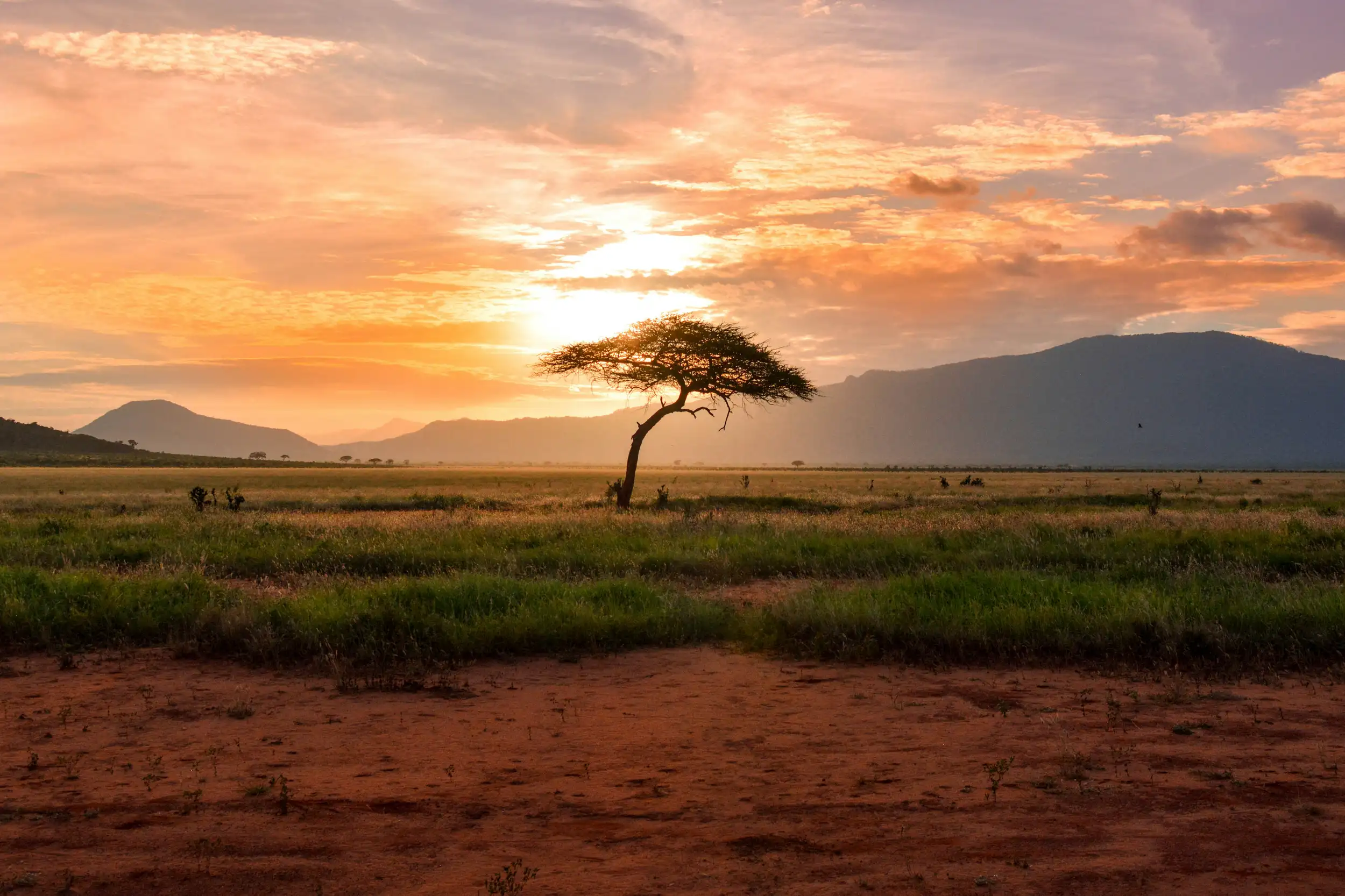

In Situ Observations and Modeling for Weather, Water, Environment, and Climate Services in Africa
Challenge
Hydrometeorological data in Africa should be publicly available, open, and free, but there is a lack of resources to realize this.
Sustainable data provision is also a necessary condition for progress, but suboptimal, expensive, and project-based acquisitions stand in the way.
Cost-effective solutions lead to localized service provision in selected areas that are promising, have societal relevance, and generate revenue (dam reservoir management, germination insurance, and flood early warning).
Even if enough income from services is generated, permission is needed from national meteorological agencies to make meteorological data open and free, in accordance with their national mandates and in fulfillment of WMO resolution 40.
Solution
A complementary effort is required beyond the delivery of meteorological data and information in Africa. To address the challenge of sustainable data provision, cost-effective solutions that require less funding are proposed. The combination of complementary efforts and cost-effective solutions leads to service provision in selected areas that are promising in terms of societal relevance and revenue generation (dam reservoir management, germination insurance, and flood early warning). The revenue generated is then used for additional data provision and to make this data open and freely available.
Advocacy, demonstrators, and support from GEO are required to achieve this goal.
Intended Socioeconomic and Environmental Impact
Lower costs of collecting, processing, disseminating, and increased availability of in situ observations on weather, water, environment, and climate lead to the following impacts for government organizations, financial service providers, farmers and, the (urban) populations:
Objectives for 2025–2030
The objective of this initiative is NOT to have a separate pilot in the Post-2025 GEO Work Programme, but to contribute to, and be part of, other GEO initiatives. If initiatives are proposed in the areas of in situ observations, flood early warning, dam reservoir management, and germination insurance, we would like to be integrated in those proposals for the part that overlaps with their activities. In the current Work Programme, one can think of GEOGLOWS for flood early warning, GEOGLAM for germination insurance, and EO for Water-Energy-Food Pilot for dam reservoir management. As a result of this application, we would like to be connected through the GEO Secretariat with these initiatives to strengthen these activities where possible and to make our commitment visible. The name of the initiative is Transformative Environmental Monitoring to Boost Observations in Africa (TEMBO Africa). The TEMBO objectives are summarized below.
A key objective of TEMBO Africa is to leverage recent advances in sensor technology to build a cost-effective environmental monitoring network with services that cover the costs.
Additionally, the TEMBO services are designed to develop sustainable, resilient, in situ systems that can adapt to the region’s evolving needs. By employing cost-effective sensors, innovative connectivity technologies, and advanced data collection, processing, and storage models, the TEMBO project aims to establish a robust infrastructure that supports ongoing improvement and innovation.
Ultimately, the successful exploitation of the TEMBO services will not only validate the initiative’s mission but also create a positive feedback loop where improved data collection and analysis lead to better service delivery, which, in turn, generates more revenue and supports further advancements. This cyclical process is key to achieving the goal of advancing environmental monitoring and management in the region, ensuring that these efforts are both efficient and effective in addressing the unique challenges faced in sub-Saharan Africa.
How We Work
The activity starts with the TEMBO Africa project, which is funded by the European Commission through the Horizon Europe Programme for the period 2023–2026. It is an innovation action, which means that at the end of the project, the developed products and services are ready for market. A consortium of universities, government organizations, and companies from Africa and Europe develops the three services, improved and new sensors, and a number of ready-to-use products, such as rainfall maps.
The income generated from the services will allow for open and free delivery of the TAHMO weather data. From 2027 onward, operations are self-sustaining.
Donors
Partners
GEO Members
Non-affiliated
Points of Contact
